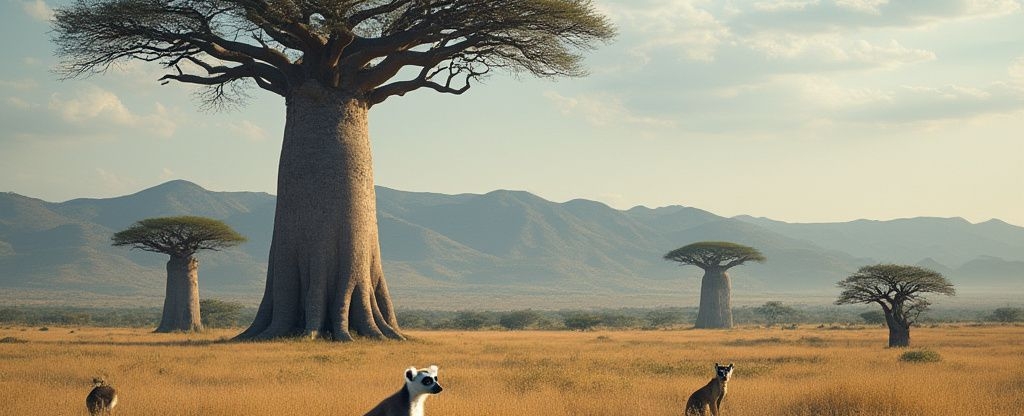Madagascar: A Geography Overview

Madagascar, the fourth-largest island in the world, is renowned for its unique biodiversity and cultural richness. Located just off the coast of Eastern Africa near Mozambique, this island nation is a treasure trove of natural wonders and demographic anomalies. While most people associate Madagascar with its famous lemurs, the true essence of this country lies in its people and their diverse heritage.

Geography and Infrastructure
Madagascar is often described as being shaped like the “left footprint of the gods,” a poetic way to capture its divine beauty. The country is divided into 22 regions, with its capital, Antananarivo (often referred to as Tana), situated in the central highlands. Following the capital, the largest cities include Toamasina, located on the east coast, and Antsirabe in the center. Despite having around 70 domestic airports and airstrips primarily for transporting supplies to outskirt villages, the largest and only international airport is Ivato International in Antananarivo.
Transport infrastructure in Madagascar features several major highways connecting the country from north to south, although only about 10% of the roads are paved. The coastline, extending over 3,000 miles, is dotted with numerous harbors and ports, with Toamasina being the largest, handling about 75% of the nation’s imports and exports. The country has only two main railways, serving critical cargo and passenger routes.
Biodiversity and Natural Wonders
Madagascar is recognized for its extraordinary biodiversity, with approximately 80 to 90% of its flora and fauna found nowhere else on Earth. The island is home to over 100 species of lemurs, which are iconic to its wildlife. Madagascar also produces 60 to 75% of the world’s vanilla supply, contributing significantly to its economy. Notable geological features include the Tsingy de Bemaraha Stone Forest and the Avenue of the Baobabs, showcasing the island’s unique landscapes.
The island is made up of four main landscape zones: the wetter east coast, the drier savanna west coast, the really dry southwest coast, and the central highlands known as the Saratanana Massif. Maromokotro, the tallest peak, occasionally sees snow, and the central highlands act as the source for major rivers like the Mangoky and the notably red Ikopa River.
The People of Madagascar
The Malagasy people, numbering around 25 million, represent a blend of various ethnic backgrounds, primarily Austronesian and Bantu. This mix gives rise to a diverse range of appearances and cultures. The Malagasy language is closely related to languages spoken in Southeast Asia, with French serving as an official language due to the island’s colonial history. Madagascar is home to 18 distinct tribes, each with unique customs and traditions, contributing to a rich cultural tapestry. The Malagasy people are known for their vibrant cultural expressions and traditional practices, such as the Famadihana or “turning of the bones” ceremony.
Historical Context
The history of Madagascar is marked by the arrival of various peoples, starting with foragers around 2000 BC, followed by Austronesians, Bantu migrations, and later influences from Arabs and Europeans. Madagascar achieved independence from French colonial rule in 1960, and since then, it has entered a modern era marked by political changes and development.
Diplomatic Relations
Madagascar maintains diplomatic relations with several countries, notably France, which has historically had a significant influence on the island. China has emerged as the largest trade partner, while Canada has invested heavily in mineral mining. Madagascar is also a member of La Francophonie, reflecting its ties to French-speaking nations.
Conclusion
In conclusion, Madagascar stands out as a unique destination, often referred to as the “Eighth Continent” due to its unparalleled biodiversity and cultural diversity. The island’s rich history, stunning landscapes, and the vibrant life of its people make it a fascinating place to explore. With its remarkable blend of nature and culture, Madagascar continues to captivate the world’s attention and invites visitors to discover its many treasures.
Articles connexes
Liens Utiles
Aspects juridiques
